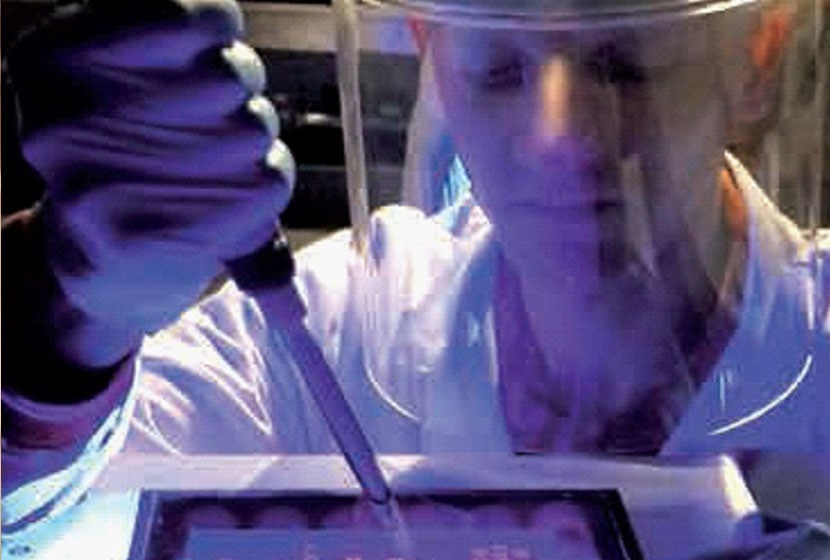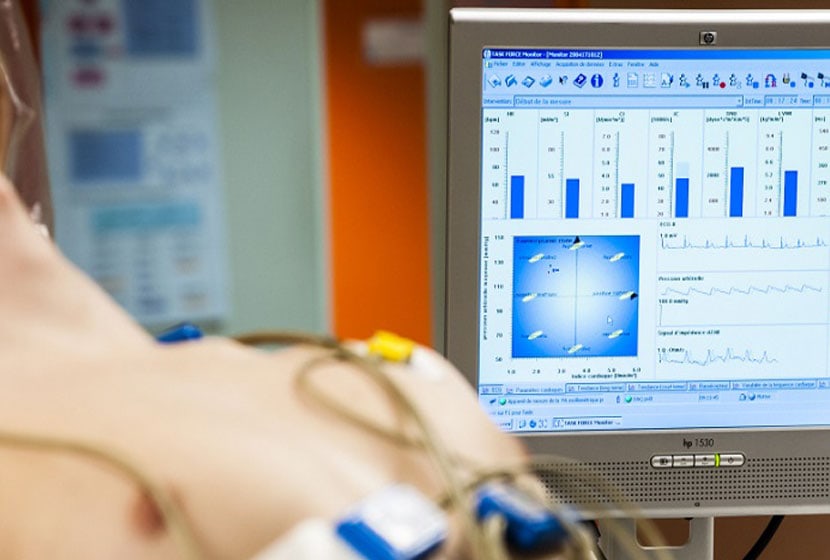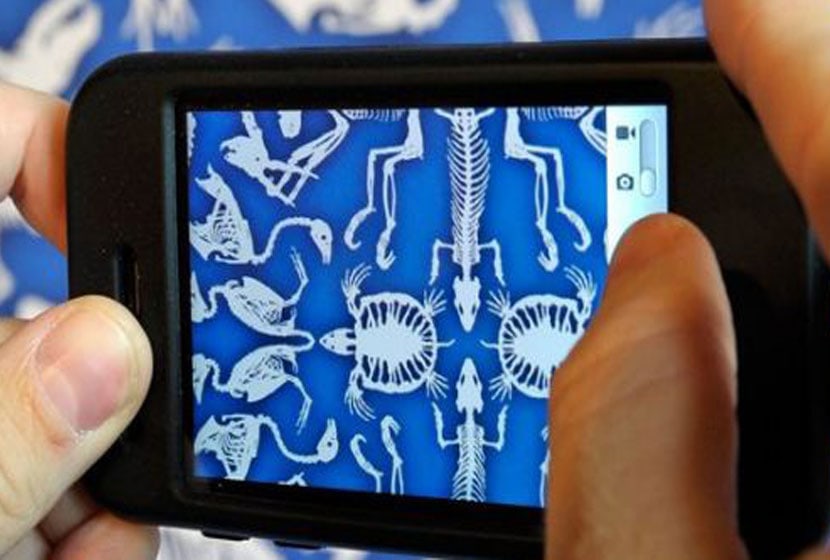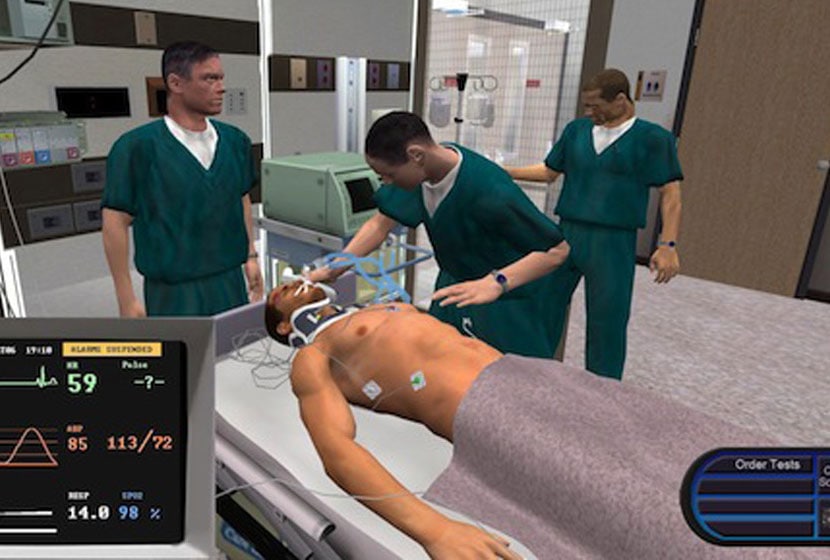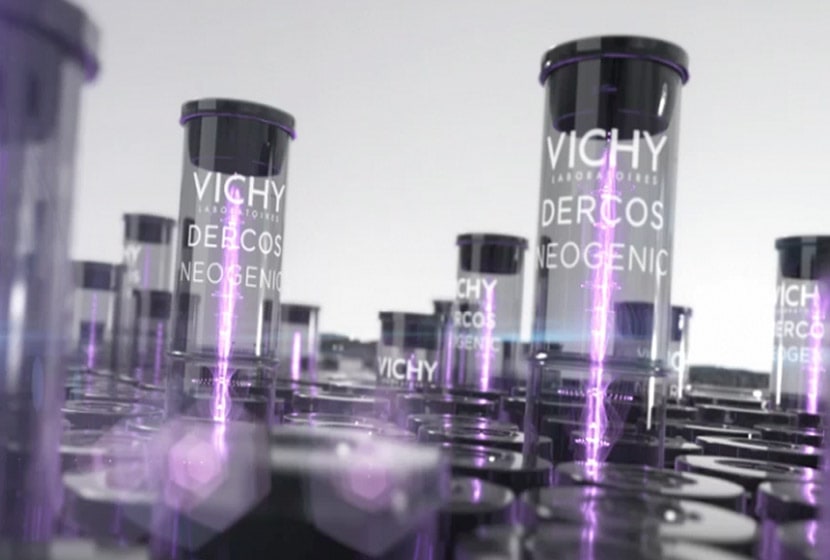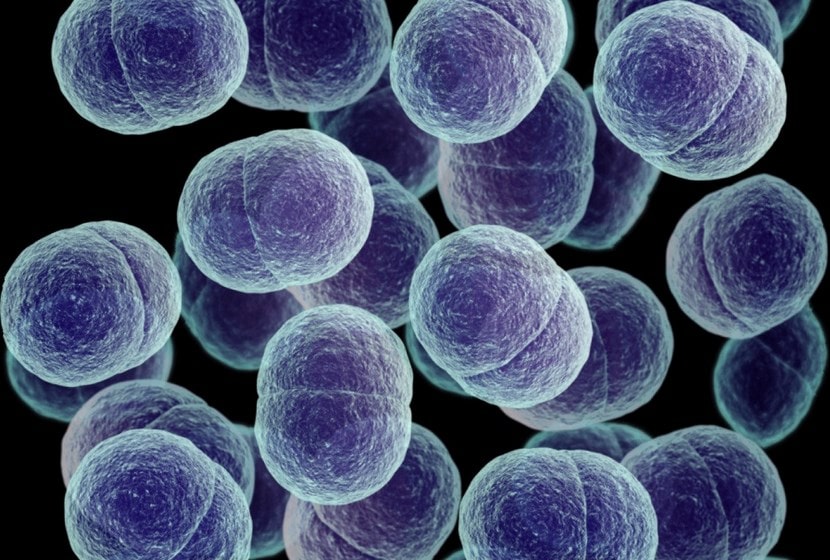Health technologies refer to all the technological developments that are essential to biomedical progress, both at the fundamental level (observing and understanding the mechanisms of living organisms) and at the clinical level (transferring knowledge to therapeutic solutions).
Four main areas are involved: imaging, drug development, biotechnology and bioengineering, surgery and other interventional techniques.
Medical Issues
Health is at the heart of French people's concerns, who want better prevention and treatment of pathologies. In practice, this requires identifying the risk factors associated with diseases, establishing the earliest possible diagnosis in minimally invasive conditions, improving the effectiveness of treatments with the priority of patient comfort, making up for functional losses, and delaying the effects of ageing by compensating for alterations in physiological functions, in order to combine longevity and well-being.
 Knowledge of human physiology and pathologies is based on advances in fundamental research. However, new technological approaches can make a significant contribution to medical progress. One need only think of the importance of microscopy in the 18th and 19th centuries, or radiology in the 20th century.
Knowledge of human physiology and pathologies is based on advances in fundamental research. However, new technological approaches can make a significant contribution to medical progress. One need only think of the importance of microscopy in the 18th and 19th centuries, or radiology in the 20th century.
Most often, these advances today are the result of close collaboration between researchers and engineers with technological competence (sometimes far removed from the medical field), biologists and doctors.
Image: Study of acousto-optic properties of ultrasonic elements by laser interferometry
Health technologies therefore make a decisive contribution to both research and clinical practice. They concern all stages of patient care, from the computerised monitoring of the patient's medical file to the administration of innovative treatments best suited to the patient's personal profile.
These technologies for health can be divided into four main areas :
- Imaging: it is the whole range of anatomical and functional, cellular and molecular imaging technologies, both in vitro and in vivo. Imaging of course involves techniques familiar to patients, such as ultrasound, endoscopy or MRI examinations. But upstream, it makes it possible to study the normal and pathological behaviour of living organisms on its smallest scale, that of genes, proteins or cells.
- Drugs: lhe emergence of new drugs is the result of a long and costly process, starting with the screening of thousands of molecule candidates on targets defined by basic research, and ending with the eventual success of clinical trials and marketing. The challenge for health technologies here is to optimize these steps in order to accelerate the availability of drugs for each pathology.
 - Biotechnology, bioengineering: chis field concerns all in vitro diagnostic and analytical technologies, their implantation in living organisms, as well as biomaterials related to regenerative medicine and bio-production. Our 21st century is thus opening up fascinating prospects for the regeneration of tissues that have suffered injury or lost their functionality with aging.
- Biotechnology, bioengineering: chis field concerns all in vitro diagnostic and analytical technologies, their implantation in living organisms, as well as biomaterials related to regenerative medicine and bio-production. Our 21st century is thus opening up fascinating prospects for the regeneration of tissues that have suffered injury or lost their functionality with aging.
- Surgery and interventional techniques: lonsurgical technologies include tele-operation, image-assisted surgery, associated materials and devices, implantable assistive devices and prosthetics. Radiotherapy is also part of this burgeoning field. The challenge for the patient is to minimize the risk of complications and reduce the time required for surgery and hospitalization. The applications are already very diverse, from making a tumor fluorescent to producing a detailed brain map to assist the surgeon's gesture, developing computer-controlled mechanical surgical arms, creating technical devices for treating pathologies and accompanying patients (insulin pumps, pacemakers, sensory prostheses, intelligent home environment, etc.).
Image: Automatic pipetting robot for cell culture applications Eppendorf epMotion 5070
Scientific and industrial issues
Louis Pasteur used to say: " No, a thousand times no, there is no category of science that can be called applied science. There is science and the applications of science, linked together like a fruit to the tree that bore it."
By its very nature, the institute is transdisciplinary and translational, linking upstream researchers and engineers from very different fields (mathematics, physics, chemistry, biology, computer science, electronics, nanotechnology, etc.) and downstream doctors who pose their clinical problems, as well as industrialists capable of rapidly carrying out technology transfers. Each of the Institute's fields has these challenges.
Imaging
This field includes several technological fields: detection systems, imaging or contrast agents (tracers), computer processing of signals and images, their integration in multi-modalities.
The main challenges are to increase the sensitivity and definition of the images obtained (spatio-temporal resolution, new detectors and tracers, penetration and sensitivity), to accelerate data analysis, to improve image reconstruction and to reduce the radiation doses delivered to patients for irradiation examinations.
 Drugs
Drugs
The challenges are to improve the efficiency of screening (high-throughput screening and high-content screening), to evaluate the toxicity and bioavailability of drug candidates at an early stage, to develop pharmacokinetic and pharmaco-dynamic analysis tools, to develop technologies for vectorization and administration of drug candidates to their tissue targets, to simplify and accelerate the development time of drugs in translational mode, and to optimize therapeutic monitoring.
Image: Development of new radiopharmaceutical drugs and development of new radiopharmaceuticals used in medical imaging - CERRP, Faculty of Pharmacy of Tours
Biotechnology, bioengineering
One of the major objectives is the development of early diagnostic tests, both in vitro and in vivo, that are specific and reproducible for new pathologies or those that are currently diagnosed late. The biocompatibility and implantability of mico- and nanotechnological solutions, portability and remote data communication are also key issues.
Surgery and interventional techniques
The main advances may target the reliability, biocompatibility and performance of these technologies, miniaturisation and robotisation of interventional tools, permanent and parallel monitoring of the patient's physiological parameters, software technologies for creating realistic virtual images of intervention sites, tele-operability and, where appropriate, increased energy autonomy.
Projects in these research themes have a duration of between three and twelve years. They generally take place in four phases: emergence of the concept in the research laboratory, proof of the technological concept (experimental feasibility), proof of the industrial concept (reproducibility and large-scale implementation), and exploitation of the envisaged applications. The institute also has the role of assisting researchers in the last three stages, in collaboration with the valorisation and transfer agencies of public research organisations. Too many promising projects are abandoned because researchers lack the time, means or method to establish proof of technological and industrial concept.
(Source: Inserm - 2013)
Photos: © P. Latron/Inserm

